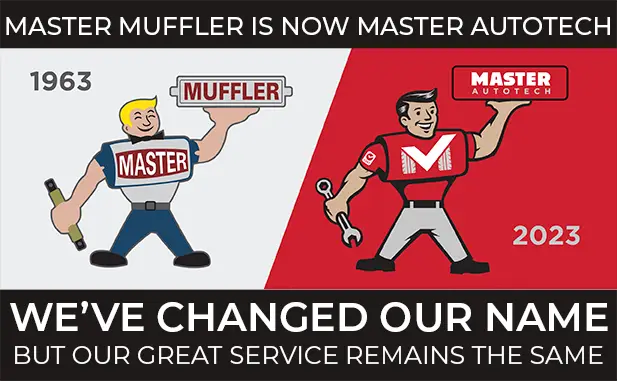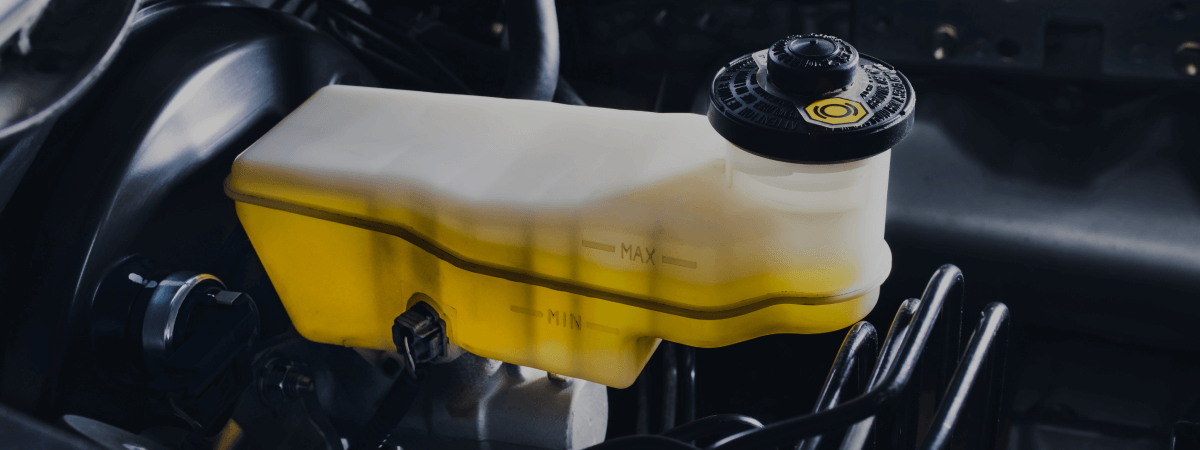Engines tend to lose oil pressure, naturally, over time. This is because wear and tear eventually increases bearing clearances. But a severe lack of oil pressure could indicate something much more serious. If you hear the telltale engine knock or your oil pressure light is flickering, you should check the engine as soon as possible.
If you wait too long, it could lead to much greater damage and a much longer stay at the Utah auto repair shop you go to. If you want to check for yourself, before you take the car in, there are a few things you can try.
Begin by checking the oil level. Is it at the proper level? Be sure it is not too low or too high either. If it is low, the engine may be burning or leaking oil. Check for signs of leakage around the area. If there is a leak, simply replacing the gaskets or seals may fix the leak.
If the engine is burning oil, the rings and cylinders may be damaged too. Try a wet compression test or a leakdown test to see if it is the rings and cylinders or the valve guides causing the problem. If the valve guides are to blame, try replacing the valve guide seals before anything more drastic. This is the cheapest option. If, however, your valve guides are damaged, the best thing you can do is to pull the heads and replace or ream the guides. If it is the rings and cylinders, you will have to replace it all.
Is the oil in your car the right one? Thicker (or heavier viscosity) oil is a good idea for hot weather, but in cold weather it may take longer to lubricate and get the engine going. Thinner oil can help this, in the winter. 5W-30 is the best bet for driving, year round, if you don’t want to alternate.
If your oil level is fine, take off the pressure sending unit and make sure the warning light goes off and the gauge reading reflects the change. If not, it could be the instruments, and not the engine, that have the problem. It could also be the sender unit itself that is the problem.
Your next step is to see if the filter is plugged up. Replacing the filter is easy enough and will tell you if that was the only problem. Also, drop the oil pan and see if the oil pump pickup screen is clogged up. While you’re there, make sure the pickup tube is in the right place, is not clogged, and has no leaks.
There are other deeper checks that can be done. But, unless you have the experience and equipment, you may want to take it into your favorite Utah auto repair center, at this point, because that engine knock could mean the end of your engine, if you don’t get it fixed.
Related Posts
Key Takeaways On average, passenger vehicle tires last 40,000 to 60,000 miles, depending on type, driving habits, and maintenance. Replace tires when tread depth reaches 2/32”, if damaged, or older than 10 years. Regular rotation, alignment, and proper inflation extend tire life. Aggressive driving, poor roads, and harsh weather shorten tire lifespan. Take advantage [...]
When you think about car maintenance, you probably focus on oil changes, tire rotations, and maybe even brake pad replacement. But what about your brake fluid? If you’ve ever wondered, “What does brake fluid do?” or “Why is brake fluid important?”, you’re not alone. Brake fluid might not be the most talked-about part of [...]
Is that high-pitched squeal from your brakes driving you—and everyone else—crazy? Don’t ignore it. Squeaky brakes aren’t just annoying, they’re your car’s way of saying something needs attention. Whether you're cruising through Salt Lake City or winding up Idaho’s mountain passes, here’s what’s likely going on, how you can fix it, and when it [...]





